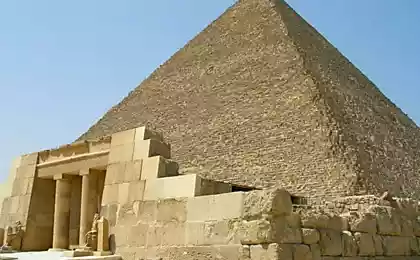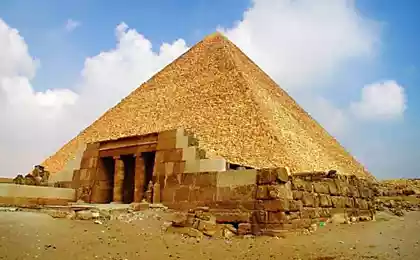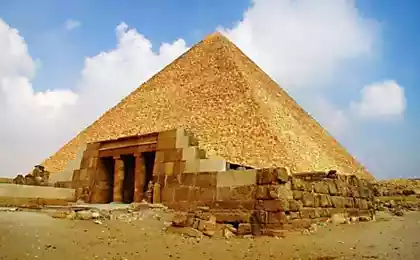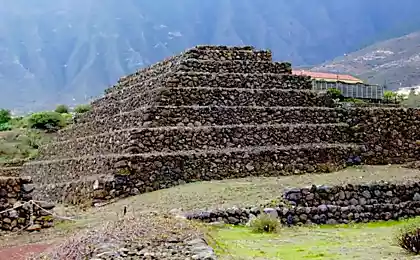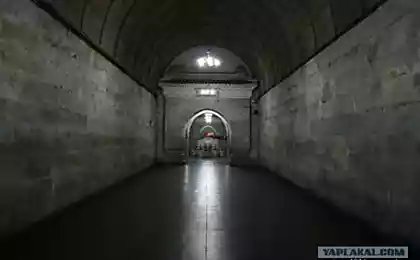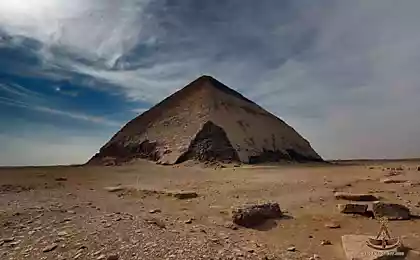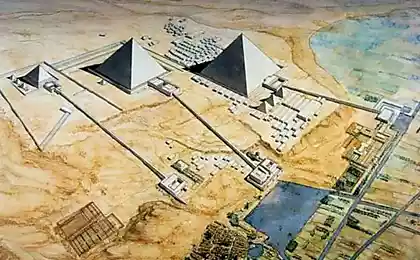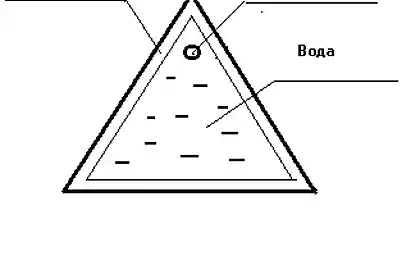635
The Pyramid Of Cheops
The pyramid of Cheops (Khufu) — the largest of the Egyptian pyramids, the only one of the Seven wonders of the world, preserved to our days.
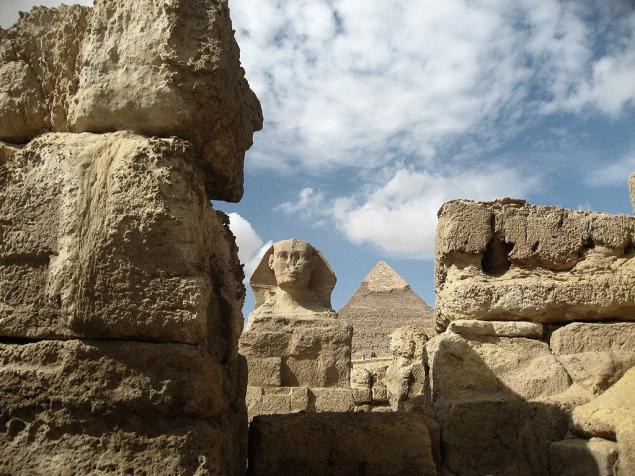
The pyramid of Cheops, built about 4600 years ago, is located on the rocky plateau of the Libyan desert. The stones for its construction were transported mainly from quarries Marcatissimo plateau, which lies to the East of the river Nile. The construction of the pyramids was conducted under the guidance of the famous architect of the Chephren for 20 years. According to ancient sources, in its construction participated the peasants only three months of the year, free from field work time, during the flooding of the Nile. But this does not preclude the work of a small number of professionals who prepared the scope of work for thousands of migrant construction workers-peasants.
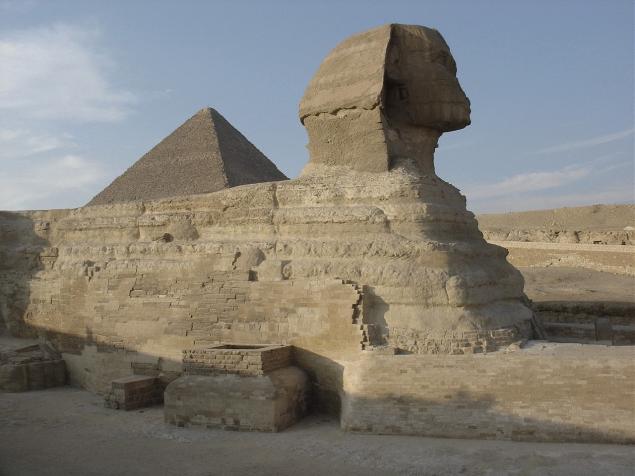
Inside the pyramid of Cheops are three chamber — tombs. The bottom is carved at the base of the rocks on which is built the pyramid. For unknown reasons the construction was not finished. Above it are the chamber of the Queen and the house of Pharaoh. The great pyramid is the only one in Egypt, where there are ascending and descending corridors. It is the Central key elements of the complex at Giza, around which was built a few pyramids for the wives of the Pharaoh, as well as other temples and tombs.
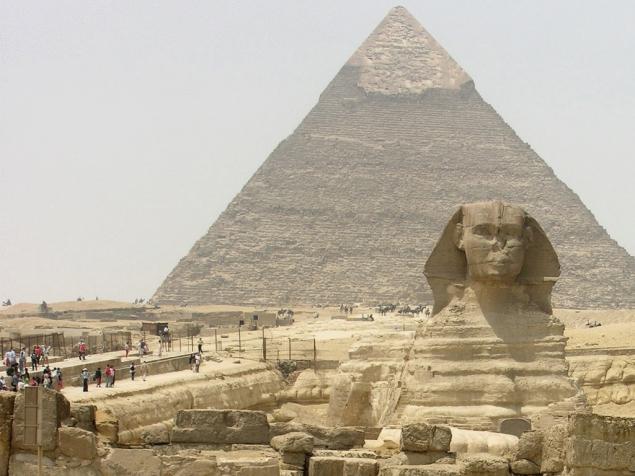
During the construction of the great pyramid was covered with a layer of polished limestone. The glitter of white stones was visible for hundreds of kilometers. The side faces of the pyramid had some concavity, which is also clearly no coincidence.
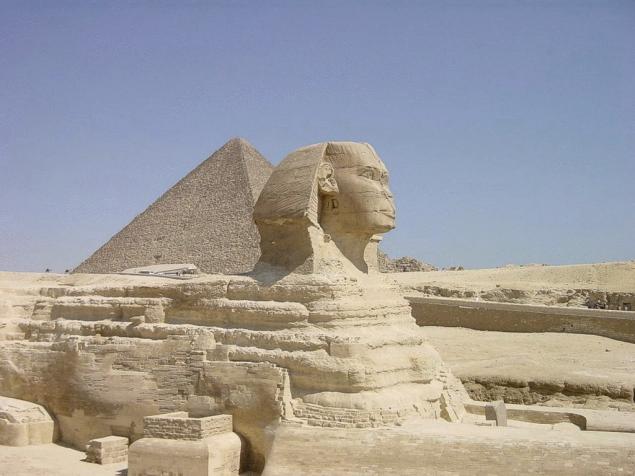
According to the Egyptologist of Manners, these concavity served to focus the rays of the sun during summer solstice. A light concavity is not visible on the wall of the pyramid, because its depth was about a meter (while the overall dimensions of the pyramid – almost unnoticed), but the role of the lens performed great. On the day of the solstice luminary is 6.5 degrees from the Zenith; concave face shone like the Sun, and the temperature of the focus rose to 1000 degrees. The hot face began to crackle, and it created a certain sound effect up to a thundering roar. Jets of hot air rose from the pyramid up, and the audience in light and sound watched the pillar of fire, connecting the pyramid and the sky.

Interestingly, the pyramid of Cheops perfectly harmonious: the ratio of the height of the pyramid to its perimeter is approximately equal to the ratio of the diameter to the circumference. In addition, the relative placement of the three pyramids in the Giza complex.
Source: /users/155

The pyramid of Cheops, built about 4600 years ago, is located on the rocky plateau of the Libyan desert. The stones for its construction were transported mainly from quarries Marcatissimo plateau, which lies to the East of the river Nile. The construction of the pyramids was conducted under the guidance of the famous architect of the Chephren for 20 years. According to ancient sources, in its construction participated the peasants only three months of the year, free from field work time, during the flooding of the Nile. But this does not preclude the work of a small number of professionals who prepared the scope of work for thousands of migrant construction workers-peasants.

Inside the pyramid of Cheops are three chamber — tombs. The bottom is carved at the base of the rocks on which is built the pyramid. For unknown reasons the construction was not finished. Above it are the chamber of the Queen and the house of Pharaoh. The great pyramid is the only one in Egypt, where there are ascending and descending corridors. It is the Central key elements of the complex at Giza, around which was built a few pyramids for the wives of the Pharaoh, as well as other temples and tombs.

During the construction of the great pyramid was covered with a layer of polished limestone. The glitter of white stones was visible for hundreds of kilometers. The side faces of the pyramid had some concavity, which is also clearly no coincidence.

According to the Egyptologist of Manners, these concavity served to focus the rays of the sun during summer solstice. A light concavity is not visible on the wall of the pyramid, because its depth was about a meter (while the overall dimensions of the pyramid – almost unnoticed), but the role of the lens performed great. On the day of the solstice luminary is 6.5 degrees from the Zenith; concave face shone like the Sun, and the temperature of the focus rose to 1000 degrees. The hot face began to crackle, and it created a certain sound effect up to a thundering roar. Jets of hot air rose from the pyramid up, and the audience in light and sound watched the pillar of fire, connecting the pyramid and the sky.

Interestingly, the pyramid of Cheops perfectly harmonious: the ratio of the height of the pyramid to its perimeter is approximately equal to the ratio of the diameter to the circumference. In addition, the relative placement of the three pyramids in the Giza complex.
Source: /users/155
